What to Expect After Your Dog’s Spay or Neuter Surgery
Top 3 Takeaways – Dog Spay and Neuter Recovery
Introduction
Spaying or neutering your dog is one of the most important health decisions you can make as a pet owner. Not only does it help prevent unwanted litters and reduce pet overpopulation, but it also contributes to better long-term health and behavior for your dog.
At Bliss Animal Hospital in Lake Forest, CA, we help hundreds of families navigate this important milestone each year. While the surgery itself is routine, recovery care plays a big role in outcomes. In this blog, we’ll walk you through exactly what to expect after your dog’s spay or neuter surgery, including the first 48 hours, week-by-week healing, and what signs might signal a problem.
Understanding the First 24–48 Hours After Surgery
What’s Normal After Surgery?
Every dog reacts a little differently to general anesthesia and surgery. Some pups bounce back within hours, while others may seem groggy or disoriented for a full day.
You may notice:
These effects typically resolve on their own within 24 hours. If your dog seems uncomfortable, contact your vet. We may recommend an adjustment to their pain meds or a follow-up exam.
When to Call the Vet
While minor discomfort is expected, some signs indicate your dog may need medical attention:
Don’t wait. Early intervention can prevent a minor issue from becoming a serious one.
A Day-by-Day Breakdown of Recovery
Many pet parents ask us for a timeline. While healing rates can vary based on age, size, and overall health, here’s a general guide:
| Post-Op Day | What to Expect | What to Do |
|---|---|---|
| Day 1 | Groggy, limited appetite, incision slightly red | Confine, keep warm, offer bland food |
| Day 2–3 | Appetite improves, energy returning | Leash walks only, prevent licking |
| Day 4–7 | Internal healing continues | No jumping, monitor incision closely |
| Day 8–10 | Sutures may dissolve, incision closes visibly | Begin gradual increase in activity |
| Day 14+ | Most dogs are fully healed and cleared by vet | Resume normal routines if approved |
For female dogs (spay), the incision is internal and external, so the healing process can be a bit more intensive than for male dogs (neuter), who typically have a smaller external site.
How to Prevent Complications at Home
Why the Cone Is Critical
Licking is the number one reason post-surgical sites become infected or open up. That’s why we send every pet home with an e-collar (cone). It’s not just for show—it’s your dog’s best defense against complications.
Tip: If your dog truly can’t tolerate the hard plastic cone, ask us about softer or inflatable alternatives that still prevent licking.
Crate Rest and Activity Restriction
Just like human athletes, dogs need rest to recover. Even if your pup seems “back to normal” on Day 3, their body is still healing beneath the surface.
Avoid:
Instead, use crate time, calming enrichment toys, and leash walks to provide structure.
Caring for the Incision Site
Your dog’s surgical site should be dry, clean, and free from scabs or crusting. We don’t recommend using alcohol or hydrogen peroxide, which can delay healing. Instead, simply:
A little bruising is okay, especially on light-colored skin, but firm swelling or redness that grows in size warrants a recheck.
Diet and Hydration After Surgery
Your dog’s digestive system may be a bit “off” after anesthesia, so don’t panic if they skip a meal or vomit once on the first evening.
Feeding tips:
By Day 2, they should be eating close to normal. If not, contact your vet.
Behavior After Spaying or Neutering
Hormone levels won’t drop overnight, but over the following weeks, you may notice:
These changes are gradual and more pronounced in younger dogs. Spaying females before their first heat significantly reduces the risk of mammary tumors later in life.
How to Help Anxious or Hyperactive Dogs Post-Op
Some dogs—especially younger or more energetic breeds—struggle with forced rest. To help:
Conclusion
Spay and neuter surgery recovery is usually smooth with proper care. Most dogs are back to themselves in just two weeks—but those 14 days require you to be proactive, cautious, and patient.
If you ever feel unsure, we’d rather you call and double-check. Your dog’s comfort and safety are our top priorities.
Call to Action (CTA)
Schedule online or call us at (949) 354-5201 to book your appointment today.
Dog Spay and Neuter Services in Orange County, CA
Meet Our Team
The blissfull faces behind the care
Driven by compassion and purpose, here is the team who will work to make a difference in your pet’s life. Every single visit.

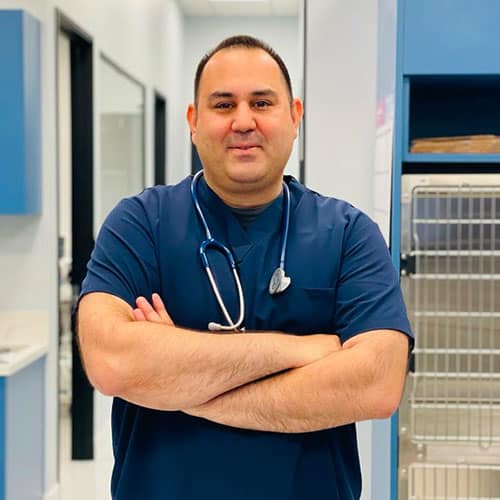
What your neighbors are saying!
Areas we Serve at Bliss Animal Hospital:
“Better Care. Better medicine.” This is our motto, and our veterinary staff stands behind it.
Bliss Animal Hospital is conveniently located at the Home Depot Plaza in Foothill Ranch, less than a 10-minute drive from the neighborhoods of Lake Forest, Rancho Santa Margarita, Mission Viejo, and Irvine (Great Park and Portola Springs). We also serve more distant regions like Tustin, Coto de Caza, Las Flores, Ladera Ranch, Laguna Hills, Laguna Woods, Stonegate (Irvine), Woodbury (Irvine), and Cypress Village (Irvine).
Our vet hospital is ready to serve not only the communities of South Orange County but also anyone who truly believes that veterinary medicine starts with relationships.


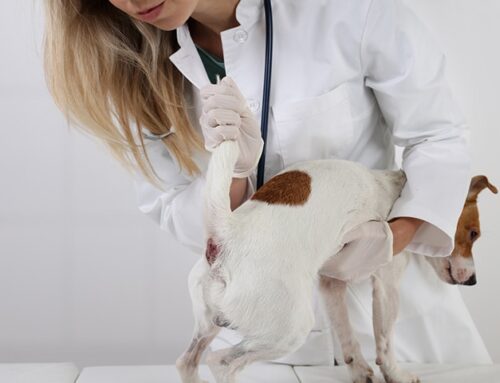
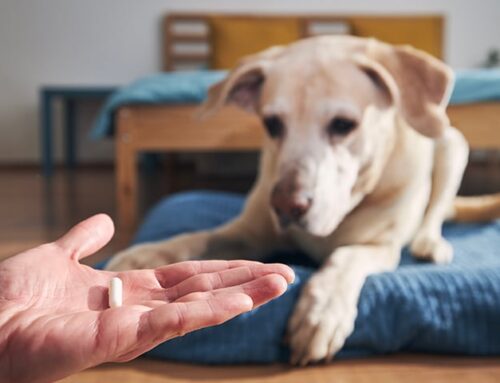
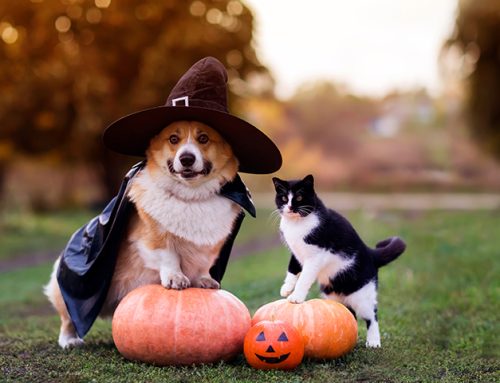
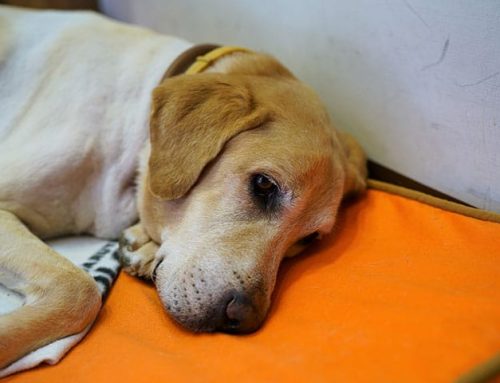



Leave A Comment